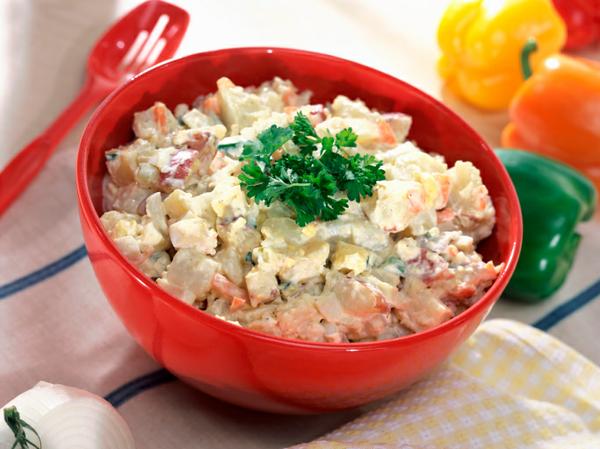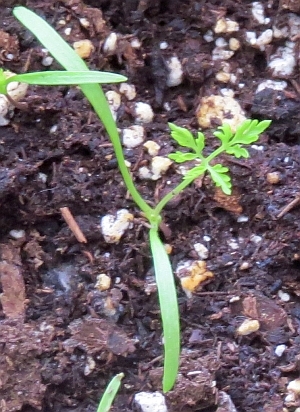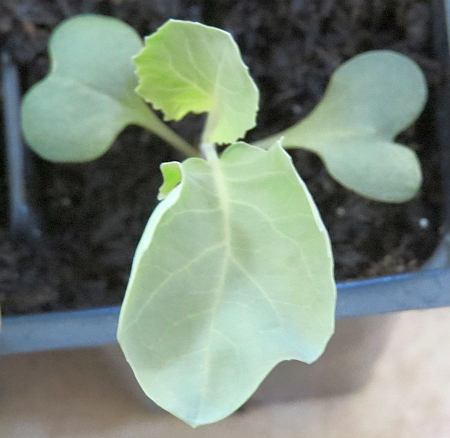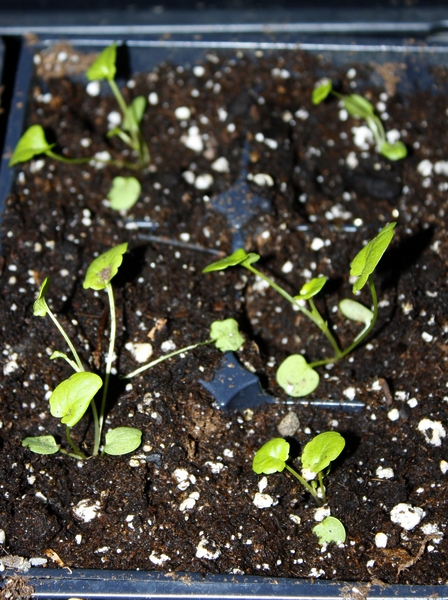This week’s blog is a guest blog written by Dave Lenweaver from Clean Slate Farm. Grab a cold drink before you visit Dave and Joanne’s website. There’s so much interesting information there you’ll want to stay a while.
Why now is the perfect time to start beekeeping
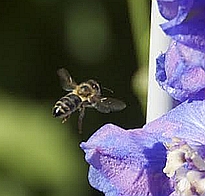 Okay, that’s a little misleading but very good advice. With all the news about honey bees dying and Colony Collapse Disorder (CCD) it seems everyone wants to start beekeeping. But before you jump in here’s some advice from a second year beekeeper.
Okay, that’s a little misleading but very good advice. With all the news about honey bees dying and Colony Collapse Disorder (CCD) it seems everyone wants to start beekeeping. But before you jump in here’s some advice from a second year beekeeper.
Take your time and learn as much as you can before getting bees. Being surrounded by thousands of apparently angry, buzzing bees while checking the hive is not the time you want to learn the basics.
 Start with reading everything you can get your hands on about beekeeping. Some good books to begin with are:
Start with reading everything you can get your hands on about beekeeping. Some good books to begin with are:
Beekeeping for Dummies, The Backyard Beekeeper by Kim Flottum, The Practical Beekeeper by Michael Bush, and my favorite, Natural Beekeeping by Ross Conrad.
Beekeeping is a hobby of constant learning, and the most important thing you will learn is patience. Which is why you should start reading at least a year in advance of beginning your journey into beekeeping. Any of the above books will give you ample advice and you’ll will find much of it consistent.
There are also many excellent Facebook and Google+ groups dedicated to beekeeping. The moderators of these groups, and many of the participants, are knowledgeable and willing to offer advice on starting up your apiary. Don’t be afraid to ask questions and expect many different opinions. As is so often said in beekeeping circles, ask ten beekeepers a question and you’ll get twenty opinions.
Youtube is an excellent resource as well. You will see many interesting, insightful, and strange practices. Watching Youtube videos is one of the best ways to see what beekeeping is all about and how it is done. Do a search for any aspect of beekeeping and you’ll be informed on how to perform that task. You’ll also find many amusing videos of what not to do.
What you’ll learn from all this reading
All of this information may seem confusing but it’s helping you determine what kind of beekeeper you want to be and will be. In this period of time you’ll learn what makes sense to you and more importantly, what doesn’t.
However, there are some basics no one can dispute. You need at least one beehive and some bees to put in it. A hive is the equipment which houses the bees, a colony is the bees that inhabit the hive. A hive consists of the following:
- bottom board
- brood chamber
- honey super
- inner cover
- telescoping outer cover
In addition you’ll need:
- a bee jacket or suit
- bee gloves, which you may stop using at some time
- hive tool
- smoker
Let’s discuss the hive parts in more detail, but not too much. That’s why you’re going to be reading a lot!
The bottom board comes in two configurations; solid and screened. Most hobbyist beekeepers use screened bottom boards for two reasons. The first is for pest management of the varroa destructor mite. A screened board allows you to see any mites which have fallen off the bees and land on a panel below the board. If you see a lot of mites on the panel it may indicate treatment is necessary. This type of board also allows for ventilation of the hive.
The brood chamber and the honey super are the same thing. A wooden box, or body, full of wax foundation where the bees live and make more bees. What it’s called depends on what is happening inside. If the queen is inside laying eggs, it’s the brood chamber; if the bees are building comb and filling it with nectar its the honey super.
These boxes come in three different depths; deep (9 9/16” tall), medium (6 5/8”), and shallow (5 3/4” tall). Some beekeepers use all deep bodies, some all medium bodies, and some use a combination of all sizes. Northern beekeepers may use all deeps to assist in overwintering the colonies. Some beekeepers use all mediums due to weight. A medium body full of honey weighs less and is easier on the back. Then again some beekeepers use deeps for brood and mediums or shallows for honey.
As if to confuse the issue further, bodies can accommodate 10 frames or 8 frames. The choice is up to the beekeeper. Again, this is primarily a weight consideration. A 10 frame deep can weigh 90 pounds when full while a 10 frame medium will weigh in at about 60 pounds.
An inner cover is placed on top of the last super. It may seem like an extraneous piece of equipment but it does serve a purpose. Bees like to seal off cracks and crevices with propolis, a sticky, gummy substance. They do this to seal out light and drafts. Without an inner cover the bees would seal the telescoping outer cover. Propolis is indeed sticky and If the outer cover were to be sealed to the hive it would be difficult at best to remove it without disturbing the bees.
Should I get a nuc or a package of bees?
This is also a subject that causes a lot of debate in beekeeping circles. A nuc, short for nucleus hive and pronounced nuke, is a box of bees with 5 frames of comb, a mated queen, brood in chambers, with workers and foragers all ready to go.
A package of bees contains about 10,000 bees in a screened in box with no frames of comb ready for the bees to begin collection of pollen and nectar.
With nuc your bees are off to a head start and won’t be wasting time getting up to speed by having to build comb. A package of bees has to start from scratch and it will take from two to three weeks for them to build comb for the queen to lay eggs and for workers to begin foraging.
Nucs are generally local bees of one breed or another while package bees can be ordered in different breeds. In the northern part of the country a nuc may be your better choice because of the head start they have on the nectar flow.
Russian, Carniolan, Italian, oh my!
You’ll soon learn that all bees are not created equal. There are Russian, Italian, Carniolan (car-nee-oh-lahn) and other breeds each with their own temperament and production characteristics. The choice is up to you as the beekeeper, mostly. Sometimes your choice is dictated by what is available. As you read you’ll learn more about each breed to help you make your decision.


 Okay, that’s a little misleading but very good advice. With all the news about honey bees dying and Colony Collapse Disorder (CCD) it seems everyone wants to start beekeeping. But before you jump in here’s some advice from a second year beekeeper.
Okay, that’s a little misleading but very good advice. With all the news about honey bees dying and Colony Collapse Disorder (CCD) it seems everyone wants to start beekeeping. But before you jump in here’s some advice from a second year beekeeper.
